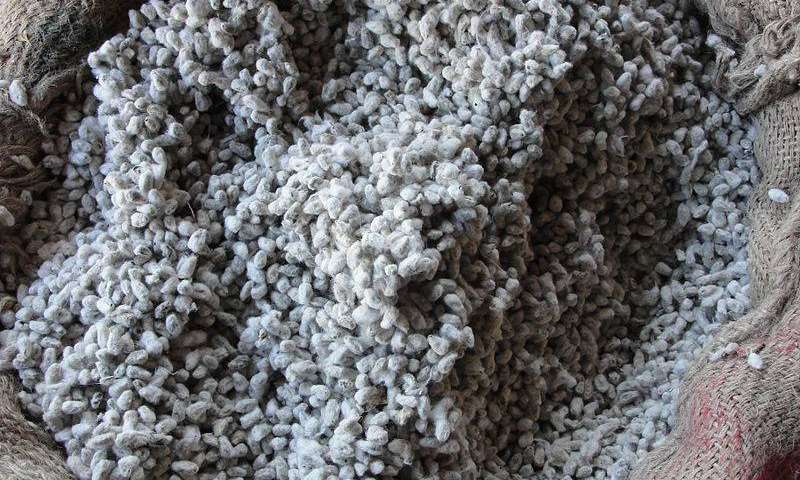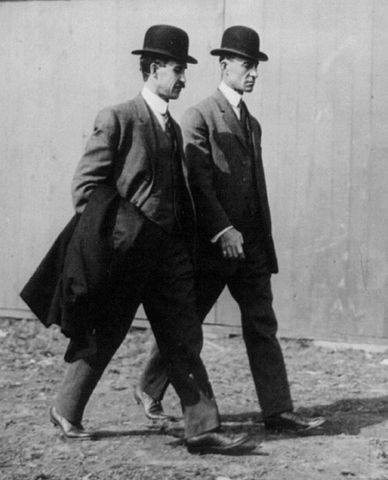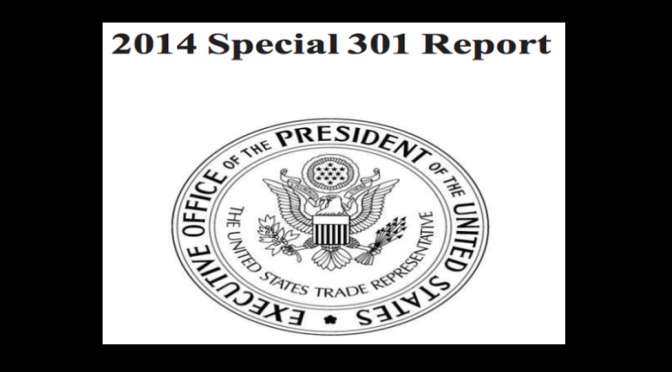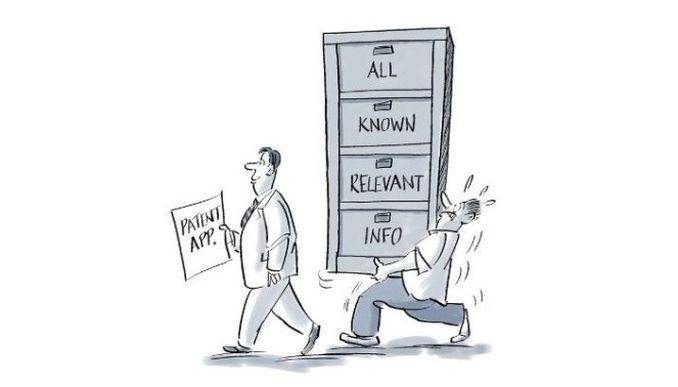This post was first published on July 15, 2014.
How is the novelty of an invention established? Another question with a similar connotation is - How does one determine if an invention is anticipated? Simple. Let's see if something exactly alike exists. Apparently, the district court of the District of Arizona didn't think so.
We'll look at a case that will put to rest a lot of doubts surrounding the anticipation of inventions. The case, Net MoneyIN, Inc. v. Verisign,…








